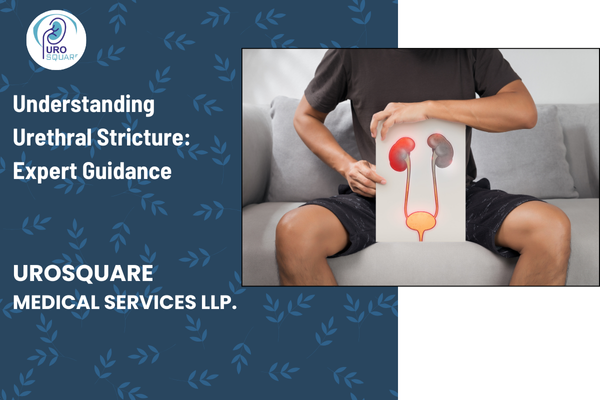Urethral stricture is a medical condition characterized by the narrowing of the urethra, the tube that carries urine from the bladder to the outside of the body. This narrowing is often caused by scar tissue, leading to a reduction in the flow of urine and various uncomfortable symptoms. Dr. Ranjan Kumar Dey, one of the best urologists in Kolkata, provides expert insights into the causes, symptoms, diagnosis, and treatment of urethral stricture.
Causes and Symptoms of Urethral Stricture
Urethral stricture can result from several factors, including:
- Injury: Trauma or injury to the pelvic area or urethra can lead to scar tissue formation, which may cause a stricture.
- Infection: Recurrent urinary tract infections or sexually transmitted infections can damage the urethra, leading to a stricture.
- Medical Procedures: Previous surgeries or procedures involving the urethra, such as catheterization, can result in scarring.
- Congenital Conditions: Some individuals may be born with a narrowed urethra due to congenital abnormalities.
Symptoms of urethral stricture may vary in severity, depending on the extent of the narrowing. Common symptoms include:
- Difficulty urinating or a weak urine stream
- Painful urination
- Frequent urinary tract infections
- Incomplete bladder emptying
- Blood in the urine
Diagnosis and Treatment
Diagnosing urethral stricture typically involves a combination of patient history, physical examination, and diagnostic tests. Dr. Dey highlights the importance of early detection, as untreated strictures can lead to complications such as urinary retention or kidney damage. Diagnostic tools may include:
- Uroflowmetry: A test that measures the flow rate of urine.
- Cystoscopy: A procedure where a thin tube with a camera is inserted into the urethra to visualize the stricture.
- Retrograde Urethrogram: An X-ray imaging technique used to assess the length and location of the stricture.
Treatment Options
The treatment for urethral stricture depends on the severity and location of the narrowing. Dr. Dey outlines the following treatment approaches:
- Dilation: This involves gradually widening the urethra using specialized instruments. While effective for some cases, dilation may need to be repeated periodically.
- Urethrotomy: In this minimally invasive procedure, a small incision is made in the stricture using a laser or a surgical knife to open the narrowed area.
- Urethroplasty: For more severe cases, urethroplasty is considered the gold standard. This surgical procedure involves removing the narrowed section of the urethra and reconstructing it. Dr. Dey specializes in this advanced technique, which offers a high success rate and long-term relief.
- Catheterization: In some cases, temporary or long-term catheterization may be required to manage symptoms.
Living with Urethral Stricture
Urethral stricture can significantly impact the quality of life, but with timely diagnosis and appropriate treatment, patients can achieve relief and improved urinary function. Dr. Ranjan Kumar Dey advises patients to seek prompt medical attention if they experience symptoms of urethral stricture to prevent complications.
With his extensive experience in treating urological conditions, Dr. Dey is committed to providing personalized care and advanced treatment options to his patients in Kolkata.


